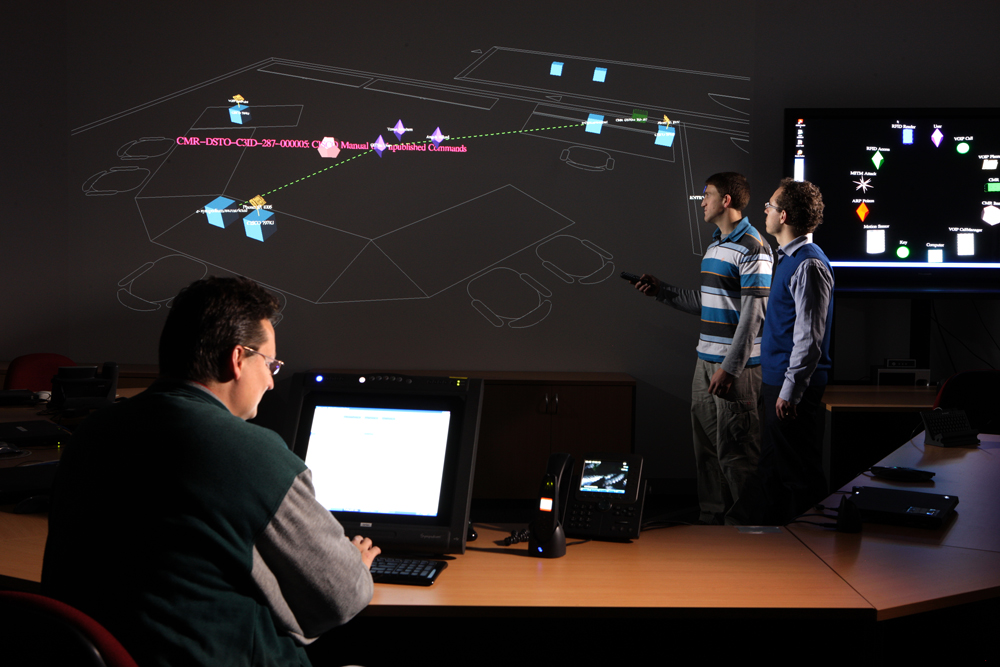DST releases Defence S&T Strategy 2030

The Chief Defence Scientist, Professor Tanya Monro, released the Defence Science and Technology Strategy 2030, ‘More, Together’ this morning.
The Strategy is analysed in detail in ‘Outside the Square’. Its focus is on ‘Defence prevailing in a contested environment’ and has three key objectives :
- Focus on larger S&T programs supporting Defence strategic priorities
- Increase scale by partnering within the national S&T enterprise and international partners
- Deliver impact and a capability edge through streamlined and secure innovation pathways
It lists eight STaR Shots, essentially problem statements describing operational or mission challenges that span multiple technologies, rather than discrete technology priorities. And it signals a fundamental shift in the way DST deals with Australia’s broader R&D eco-system: DST will become more inclusive and collaborative.
These changes are summarised in the Strategy’s three strategic pillars:
- One Defence S&T Capability
- Brilliant People, Collaborative Culture
- Outstanding research Infrastructure Powering Innovation
The first underpins DST’s aim of engaging with Australia’s research eco-system so that Defence has access to what it terms a single defence R&D enterprise across the country. The second challenges Australian researchers’ traditional reluctance to collaborate and puts the onus on DST to lead in this area. The third acknowledges that much of DST’s R&D infrastructure is old and that replacing and modernising it will be extremely expensive. Therefore, DST will look more to joint ownership of critical R&D infrastructure that universities can use for their own purposes when not being used for defence purposes.
The eight STaR Shots are:
- Information Warfare
- Disruptive Weapon Effects
- Quantum Assured PNT
- Battle Ready Platforms
- Agile Command and Control
- Resilient Multi-Mission Space
- Remote Undersea Surveillance
- Operating in CBRN environments
However, the nine (or ten, depending on how you count them) technology investment priorities of the Next Generation Technologies Fund (NGTF) haven’t changed. According to Professor Monro, they are the specific technology areas where Australia needs thought leadership, expertise and investment in order to support the STaR Shot missions.
